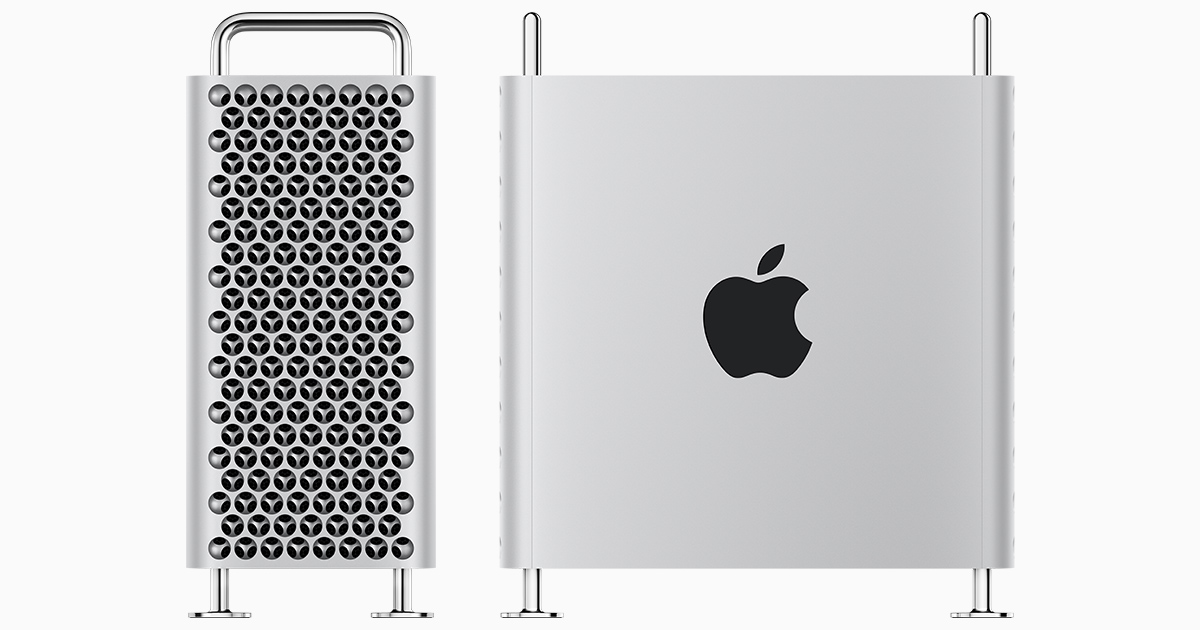Yes, but I don’t have anything that will run my 5.25 Apple II discs. I skipped the IIGS because I assumed that a company would be able to come up with another better replacement later. Still waiting! Plus, waiting for that updated LaserWriter. Also waiting for an updated Airport Express router now that I think about it. And, a regular old iPod, I don’t need it to have wifi/cellular/touchscreen, just a headphone jack.The Macintosh II was effectively an early Mac tower. It's just that the case was designed horizontally to sit on a desk rather than vertically to sit on the floor and it offered nubus instead of PCIe for expansion slots.
The iPod touch and then ultimately the smartphone which is ubiquitous means everyone already has an iPod in their pocket!
It seems that Apple can’t “make a profit, keep all their staff and still produce products that are in line with the model they replaced” because there’s a LOT of things that Apple just haven’t replaced.




